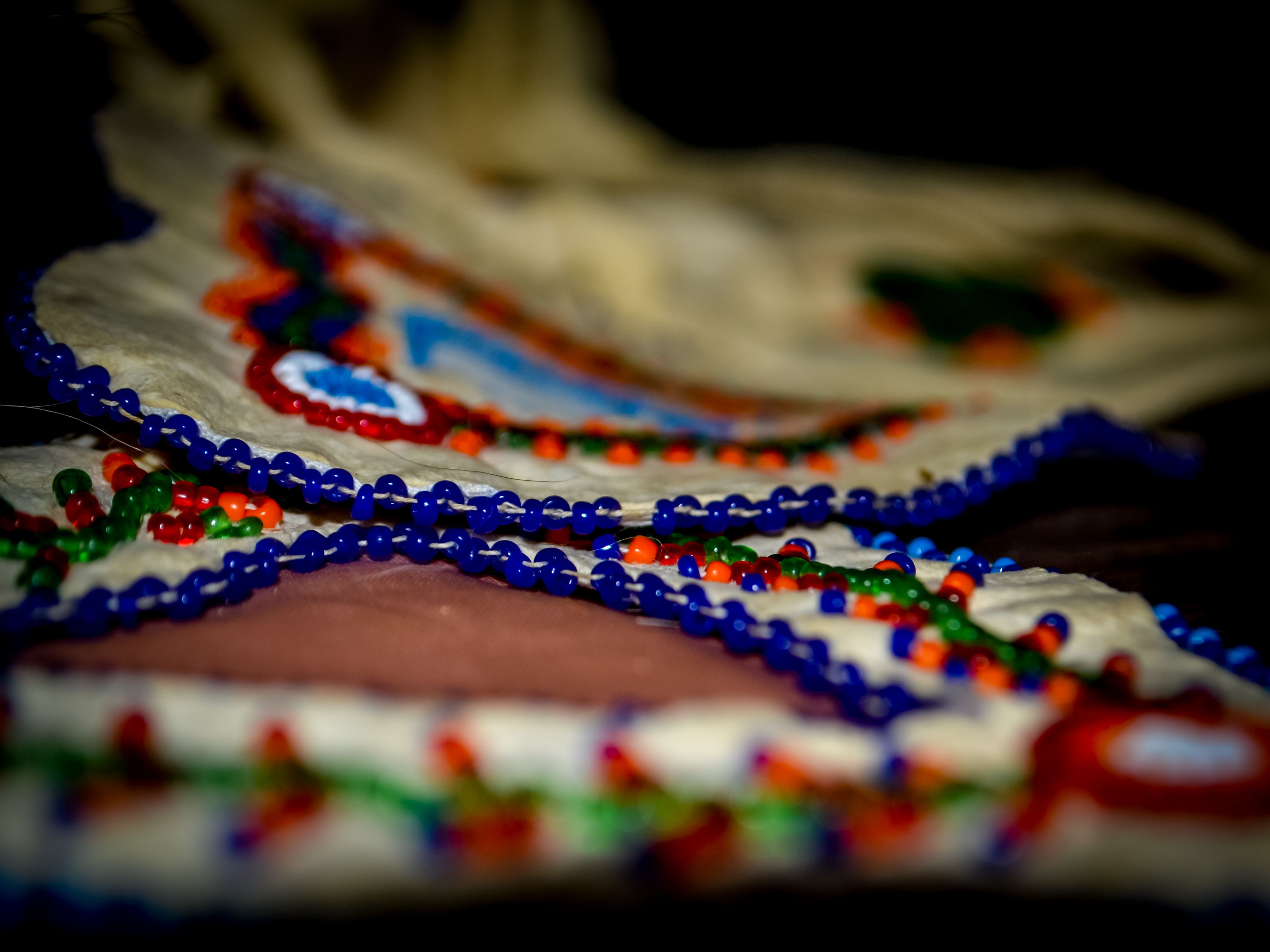Exploring NFTs: Preserving Indigenous Art and Culture in Oceania
Understanding NFTs and Their Role in Cultural Preservation
Non-Fungible Tokens (NFTs) have taken the digital world by storm, offering new opportunities for artists and creators to monetize their work. But beyond the buzz of digital art, NFTs hold transformative potential for preserving and showcasing indigenous art and culture in Oceania. This innovative technology provides a platform to digitize, protect, and share cultural expressions, ensuring they reach a global audience while safeguarding their authenticity.
In Oceania, a region rich with diverse cultures and traditions, NFTs can serve as a digital archive, preserving the unique art forms that are integral to indigenous communities. By converting traditional art into NFTs, creators can maintain the integrity of their work, ensuring it remains unaltered and respected in its digital form. This process not only protects artworks from unauthorized reproduction but also provides a new revenue stream for artists.

The Benefits of NFTs for Indigenous Communities
For many indigenous communities in Oceania, NFTs offer several benefits. Firstly, they empower artists by providing control over their work. Artists can set terms for resale and receive royalties each time their NFT is sold. This ongoing revenue model is a significant advancement over traditional art sales, where artists often benefit only from the initial sale.
Moreover, NFTs can increase the visibility of indigenous art on a global scale. By leveraging digital platforms, artists can reach audiences far beyond their local communities, fostering greater appreciation and understanding of their culture. This global exposure can lead to increased tourism and interest in physical exhibits, further benefiting local economies.
Challenges and Considerations
Despite the advantages, there are challenges that come with integrating NFTs into the preservation of indigenous art. One significant concern is ensuring that the use of NFTs aligns with the cultural values and traditions of indigenous communities. It is crucial that the digitization process respects cultural protocols and includes the community's consent and involvement.
Additionally, there is a need for educational resources to help indigenous artists navigate the NFT space effectively. Understanding the technical aspects of creating and selling NFTs is essential for artists to fully benefit from this technology. Organizations and initiatives that provide training and support can play a pivotal role in this transition.

Success Stories from Oceania
There are already inspiring examples of how NFTs are being used to preserve indigenous art in Oceania. In some communities, artists have successfully launched NFT collections that not only showcase their art but also tell powerful stories about their heritage and traditions. These projects have garnered international attention, bringing recognition and respect to these cultural narratives.
For instance, collaborations between tech companies and local artists have led to the creation of vibrant NFT marketplaces dedicated to indigenous art. These platforms prioritize fair compensation for artists and ensure that cultural integrity is maintained throughout the process.
The Future of NFTs in Cultural Preservation
As technology continues to evolve, the potential for NFTs to preserve and promote indigenous art in Oceania will only grow. The key to success lies in fostering partnerships between technology providers, artists, and cultural leaders. By working together, these stakeholders can create sustainable models that respect and uplift indigenous cultures.
In conclusion, NFTs represent a promising avenue for preserving the rich tapestry of indigenous art in Oceania. With careful consideration and collaboration, this technology can help ensure that these cultural treasures are celebrated and protected for generations to come.
